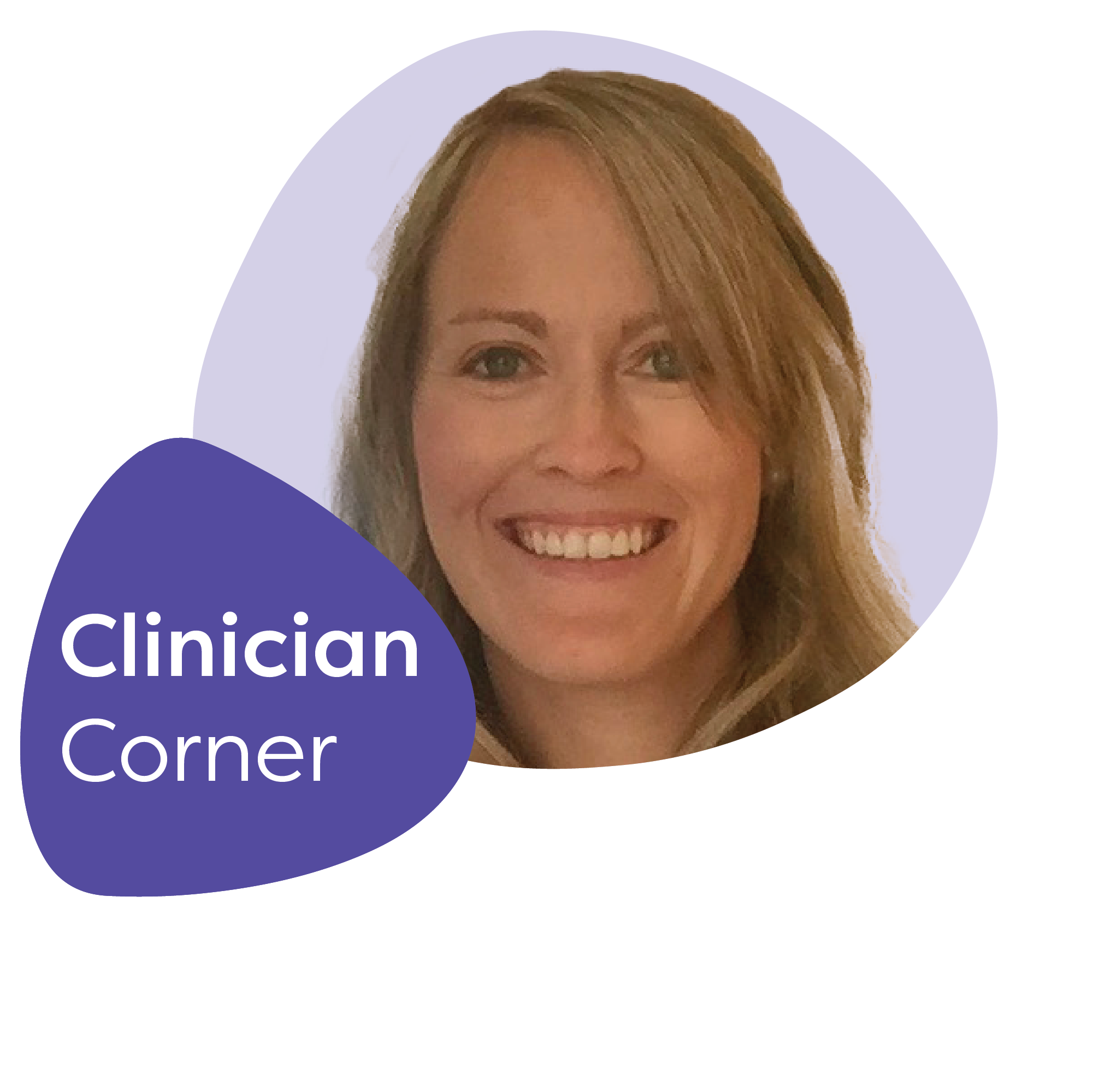Approximately 1.3% of the United States population identifies as Native American or Alaskan Native. In 2020, it was reported that over 19% of this population experienced a mental health condition.
Although many individuals in these populations require treatment, the majority of Native Americans reside in rural areas where access to mental health services is severely limited. Thankfully, telehealth can help bridge the gap and connect this community to culturally competent behavioral health services that meet them where they are.
Want to know how your organization can help increase access to care for this population? Take a closer look below:
Table of Contents
Barriers to mental health care for the Native American community
Best practices for mental health organizations
The benefits of telehealth for the Native American community
How Iris Telehealth can help
Barriers to behavioral health care for the Native American community
Access to healthcare can come with various challenges, including a lack of culturally competent care, a shortage of specialty providers, and cultural and systemic barriers that can influence behavioral health outcomes.
Let’s examine some of the most significant obstacles this community faces when seeking care.
- Lack of culturally competent care: One of the most considerable barriers for the Native American population is the lack of culturally competent care available where they live. Many behavioral health providers may not understand the unique cultural experiences of Native American individuals and families, which may lead to inadequate treatment or misunderstandings. However, working with a telehealth group that facilitates provider matching services can help organizations find a clinician who is passionate about serving this community and trained in providing culturally competent care.
- Historical trauma: Native Americans have a history of trauma due to colonialism, forced relocation, and genocide. The trauma inflicted on Native American populations can impact their mental health today, leading to substance use, depression, anxiety, low self-esteem, and even suicidal ideation. For providers, it’s important to acknowledge where they are in their own learning and awareness of indigenous culture and experience. Working with providers who maintain curiosity and openness about a person’s cultural history can help reinforce identity and resilience among patients.
- Speciality care: For the Native American population facing disproportionately high rates of substance use disorder, increased suicide, and depression getting the right specialty care is essential. Without specialty care, patients may rely on primary care physicians or general practitioners for mental health care. While these providers do their best to address mental health needs, a provider with specialized training and experience is best suited for patients with complex needs. With increased access to specialty care, Native American patients can receive accurate assessments, comprehensive treatment, and complex medication regimens if needed.
- Mental health deserts: For Native Americans living in healthcare deserts, getting to an in-person appointment may not be possible. According to a study by GoodRx Health, more than 113,000 American Indians and Alaska Natives live in 492 counties that lack mental health providers. The research also found that over 90% of these areas are rural and have limited healthcare resources. These mental health deserts can exacerbate access issues and put care further out of reach.
How organizations can address mental health in the Native American community
While Native American populations may face considerable challenges in receiving mental health care, organizations can play a fundamental role in addressing these barriers.
Here are four strategies that healthcare organizations can use to improve access and outcomes for Native American populations:
- Leverage social media: Social media can be a powerful tool mental health organizations can use to connect with the Native American community. Social media has the power to reach a wider audience, provide resources, and bring awareness to mental health issues. For example, organizations can leverage social media to promote local events like community health fairs, food drives, or other happenings that create a safe space for Native Americans to help address their needs.
- Establish partnerships in the community: Mental health organizations can establish partnerships with other organizations in the Native American community to help improve access to mental health care. This strategy can include partnerships with tribal health clinics, community health centers, or other organizations that serve this population. By working together, mental health organizations and community partners can help build trust, increase awareness, and provide more comprehensive behavioral health care services.
- Work with culturally competent behavioral health providers: Understanding the history of healthcare within a community is vital. Is there a language for mental health? Are mental health diagnoses a sign of weakness in a specific culture or community? By identifying and understanding the difference in history and culture, your organizations can meet people where they are and provide more effective care to different communities.
- Implement telehealth: Healthcare organizations can offer alternative care delivery methods to the Native American population, like telehealth. Remote solutions can help overcome some of the barriers to access by providing Native American patients with greater access to behavioral health care services.
How telehealth can help address mental health in the Native American community
Here are a few ways telehealth can increase access and improve the quality of care for the Native American community:
- Culturally competent providers: Telehealth enables the Native American community to connect with culturally competent mental health providers while also granting the organization access to a broader range of specialists who may not be geographically accessible otherwise. At Iris, our provider matching process allows organizations to find the best telemental health provider for the populations they serve. When facilitating provider matching services, we look for a provider who aligns with your organization’s prescribing philosophy and help ensure they are passionate about serving your community and knowledgeable about your population.
- Flexibility: In addition to increasing access to mental health providers and having a provider who can meet the needs of your community, telehealth can offer flexibility in scheduling and transportation for Native American populations. For those who reside in remote areas of the country, a remote behavioral health care option can reduce transportation barriers.
- Confidentiality: Many Native American communities are tight-knit, with many members of the family being interconnected. Therefore, Native American populations may also face stigma from family and community members when seeking mental health care treatment. Telehealth can offer a more comfortable and confidential setting for those seeking mental health services, especially when discussing mental health concerns with a provider outside their community.
How Iris Telehealth can help
Iris Telehealth can assist your health system by connecting your community with providers who understand your population and can provide the specialty care they need.
If you’d like to learn more about how Iris can help implement a telepsychiatry solution to provide more accessible care options for Native American individuals and families, contact us today.


